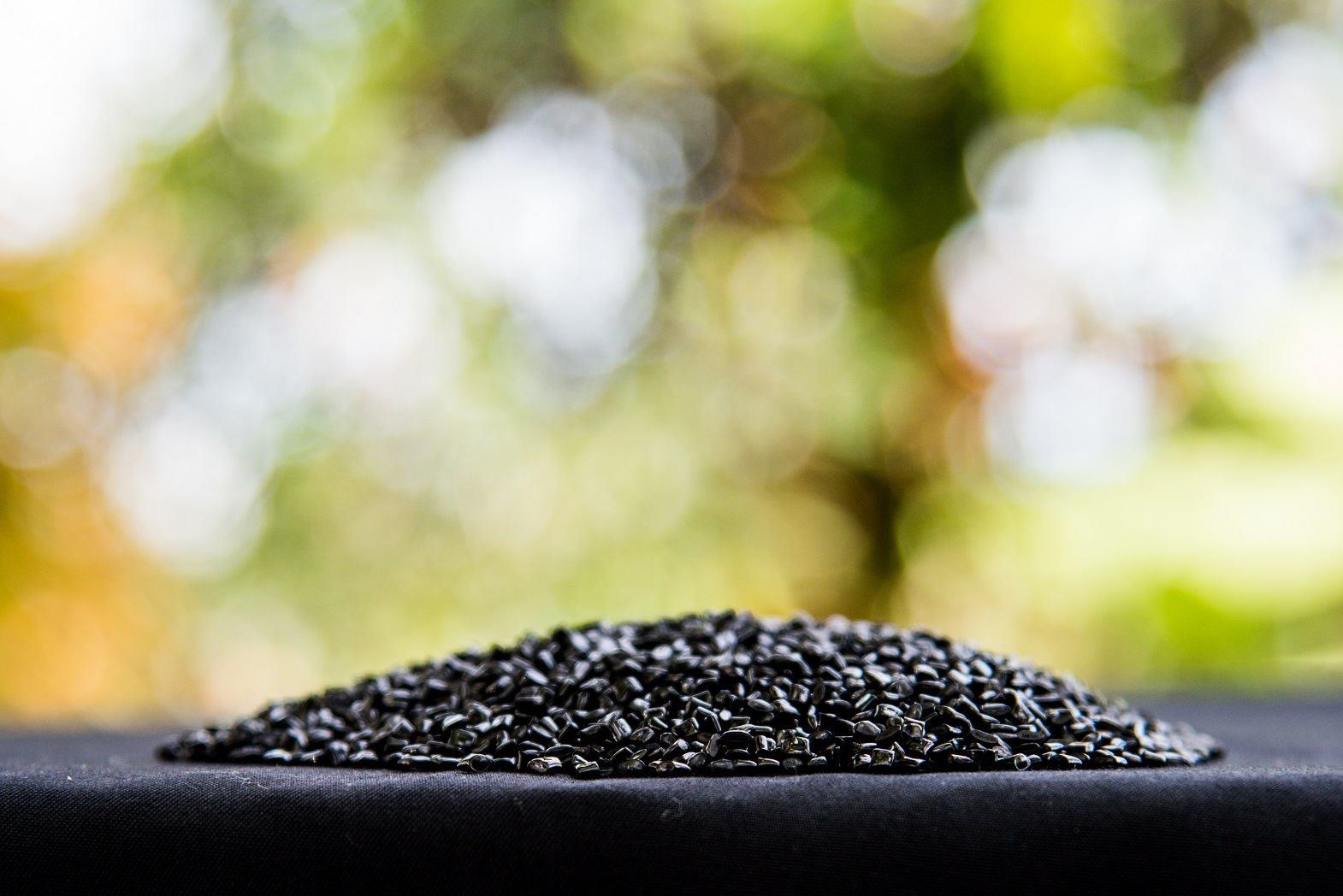MEG supports human life in satisfying all the three basic necessities i.e. food, clothing and shelter. It has been noted that MEG is on rising drift. Now-a-days, the textile industry and other industrial sectors focus on health awareness, smart sensor fabrics, innovation etc. for their product development and MEG touches human life in all areas.
Mono-ethylene glycol (MEG) is a versatile chemical which is harmonious with water and many organic components. MEG is a significant raw material for Polyester and Polyethylene Terephthalate (PET) polymer. MEG is used for applications that necessitate solvent couplers, freezing point depression solvents, chemical intermediates for resins, humectants and chemical intermediates etc.
The most efficient method for manufacturing MEG is: Ethylene and Oxygen are mixed to produce Ethylene Oxide (EO) in a multi-tubular catalytic reactor. EO produced in the reactor can be separated to high quality purified EO and further treated to produce mono-ethylene glycol as well as di- and tri-ethylene glycols. MEG is colourless, almost odourless and faintly viscous liquid. It can be mixed with water, alcohol, aldehydes and many other organic compounds.
MEG is used in home textiles, food/drink containers, clothing, technical textiles, medical textiles, kitchenware, engine coolants and anti-freeze. The humectant properties of MEG also make them supreme for use in fibres treatment, printing inks, paper, adhesives, leather and cellophane.
China is the largest MEG consumer in the world with 65% in 2014. Asia is on the first place with 73% consumption of MEG, while Europe, North America, South America and Middle East consumed approx. 9%, 11%, 2% and 5% respectively. Moreover, it is estimated that this growth will continue and China will be the largest MEG consumer with 68% by 2020.
The production of MEG in the world was 22,139 kilo tonnes (KT) in 2011, whereas it increased to 26,113 KT in the year 2014. Hence, it is estimated that there will be a steady growth in the production of MEG and will reach 34,164 KT by 2020. The major producer of MEG in the world is Saudi Arabia. Saudi Arabia controls 25% of the global MEG production followed by China, Taiwan, US, Canada etc.
Major applications of MEG are in the manufacture of Polyester Fibre, Bottle Grade Polyester, PET film, Antifreeze, Industrial. MEG is widely used to make Polyester fibres and Polyethylene Terephthalate. 50% MEG is used to make polyester fibres, while 30% is used to make Polyethylene Terephthalate.
The price trend of MEG showed mixed trend in the past few years. In 2010, the average yearly price of MEG was 1,000 US$ per ton in Asia and 950 US$ per ton in 2014. It is estimated that by 2020, Asian average yearly price of MEG will reach approximately 1,145 US$ per ton.
The key manufacturing companies of MEG are: SABIC, Shell, Reliance Industries Ltd., SINOPEC, Nan Ya Plastics Corp., MEGlobal, BASF, Indian Oil Corp., Huntsman Corp. etc.
The major factor that is driving the growth of mono-ethylene glycol market is rising demand of PET resin, polyester fibres and antifreeze and also many other industrial usages. Rising demand for PET containers from various commercial and industrial end use markets including packaging due to better strength and impact resistance is expected to certainly drive MEG market. Rapid urbanization and changing lifestyle of consumers, particularly in emerging economies like India, China, Brazil and Mexico has been driving the packaging industry which in turn is anticipated to provide push to MEG market. Global MEG is expected to witness significant growth over the forecast period (by 2020) on account of its widespread applications in numerous end use industries including consumer goods, construction, automotive, pharmaceuticals, textiles and chemical processing.
Mono-ethylene glycol has been considered hazardous under the Global Harmonized System (GHS) because of its health effects. This will limit the growth of mono-ethylene glycol in the market. Intentional and unintentional ingestion of mono-ethylene glycol in humans have caused poisoning and may also lead to death. The major limiting factors of the market are high prices of crude oil and regulations for environmental protection due to which there are less number of sanctioned chemicals present in the market.
Demand is expected to be good for MEG for the next five years. A sturdy growth is estimated for petrochemical industries in near future. With a demand seen growing in the key markets the industry would soon requisite new capacities.







Comments